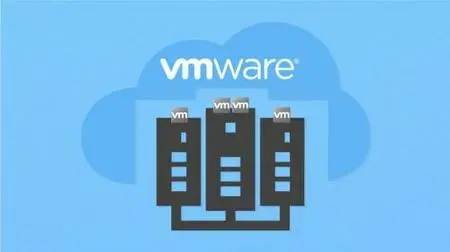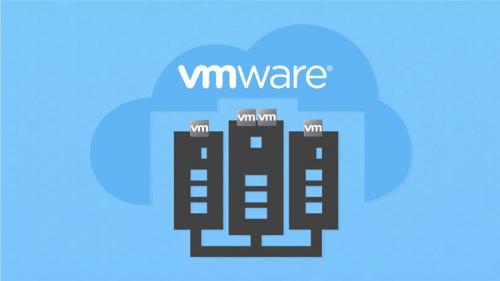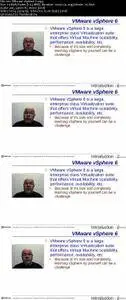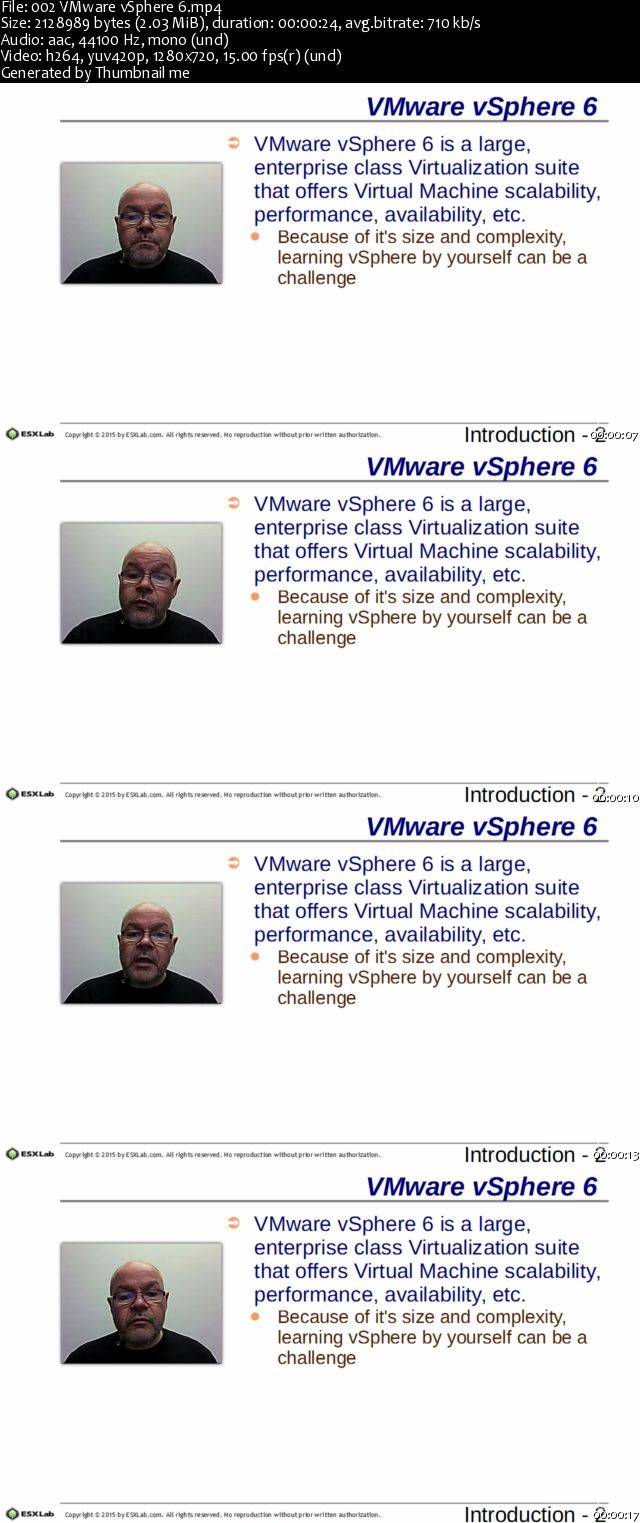VMware vSphere 6.0 Part 4 - Clusters, Patching, Performance
8 Hours | Video: h264, yuv420p, 1280x720 | Audio: aac, 44100 Hz, 2 ch | 960 MB
Genre: eLearning | Language: English
8 Hours | Video: h264, yuv420p, 1280x720 | Audio: aac, 44100 Hz, 2 ch | 960 MB
Genre: eLearning | Language: English
Learn about load balanced DRS clusters, High Availability failure recovery clusters, Fault Tolerance, VM/Host performace
* Lectures 185
VMware vSphere 6.0 is the platform businesses depend on to deploy, manage and run their virtualized Windows and Linux workloads.
*We start with a thorough presentation of VMware Distributed Resource Scheduling (DRS) clusters. DRS clusters dynamically balance VM CPU and memory demands by automatically VMotion migrating VMs experiencing CPU/Memory resource stress. We also look at Enhanced VMotion Compatibility (EVC) - a feature that lets you safely mix newer and older ESXi hosts in a DRS cluster
*Next, we will learn how to minimize VM downtime due to unplanned ESXi host failures by implementing High Availability clusters (HA). HA clusters monitor ESXi host health, detect ESXi host failures and re-assign VM ownership from failed ESXi hosts to healthy ESXi host peers. We will also learn about key HA policies like All Paths Down and Permanent Device Loss handling - new to vSphere 6
*We move on to look at how to completely eliminate unplanned VM downtime (even if an ESXi host fails) through VMware Fault Tolerance (FT). FT hot replicates a running VM to a peer ESXi host. If the ESXi host running the primary copy of a FT protected VM fails, FT automatically places the replicated copy into service. We'll see how to configure, run and test FT protected VMs.
*Next we will see how to use VMware Update Manager to safely and efficiently patch and update ESXi hosts. We will learn about Patch Baselines (patch sets), how to attach Baselines to an ESXi host or cluster, how to check for patch compliance (all needed patches present on a host) and how to patch ESXi hosts.
*Finally, we will take a close look at ESXi host and VM performance. We will see what the VMkernel does to efficiently utilize physical CPU and how we can right size vCPU in VMs. We will see the five memory management techniques used by the VMkernel to efficiently manage memory and how to turn on Transparent Page Sharing to maximize memory use. We will see how to configure Storage I/O Control and how to identify and fix host and VM performance bottlenecks.





